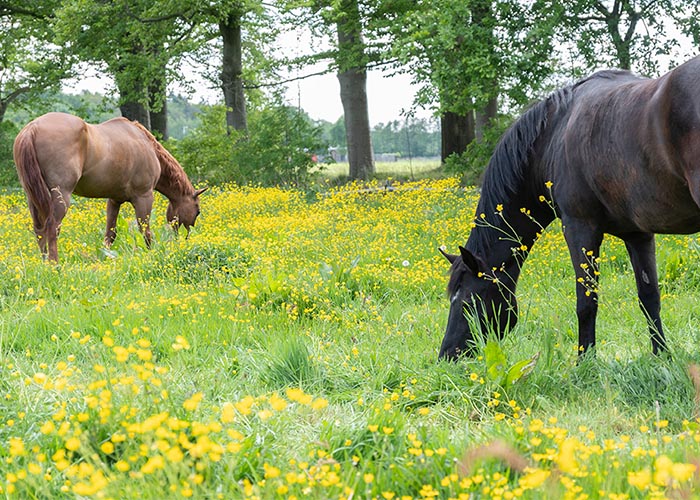
As we all know, our horses love to be out on green pasture, happily munching away to their hearts’ content. Time spent grazing is beneficial for your horse’s mental, physical, and digestive health. However, if not properly managed, there can be hidden dangers in your fields that can prove to be detrimental to your horse’s overall well-being. Before you turn your horse out, it is recommended that you take an investigative walk through the pasture and around the barn, looking for hazardous plants. In this blog post, we explore some of the poisonous weeds and plants that can be commonly found in New England and the rest of the Northeast, while helping you identify them.
When you walk around your pasture, it is also crucial to look up! A number of trees, including red maple, oak, black walnut, peach, plum, and cherry trees can be very poisonous to horses. This is especially true in the fall when the leaves are falling and wilting. This post will concentrate on low growing plants in your pasture and bushes around the barn so be sure to check out our previous blog post, Dangers from Above: Learn About Toxic Trees, for more information on poisonous trees.
In the Pasture
A number of toxic plants in the Northeast grow naturally in pastures, especially if they have been overgrazed in the past. Take the time to familiarize yourself with poisonous plants and periodically walk your paddocks and fields to ensure that your horses are not exposed to these dangerous plants and weeds.
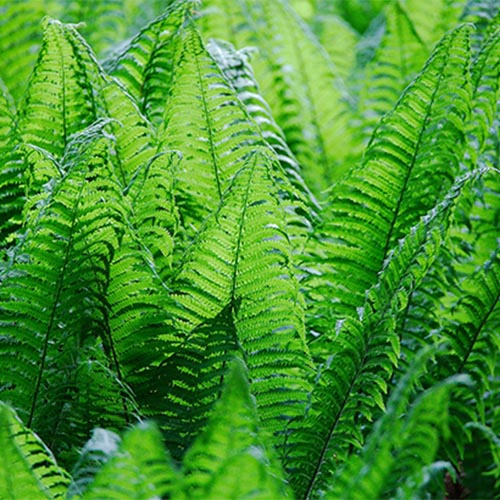
Bracken Fern: Poisoning from bracken ferns often happens in the fall when the pasture is beginning to die off and the ferns remain green. While a small amount of the plant is not detrimental when ingested in large quantities it can cause neurological dysfunctions. This is because bracken fern contains the enzyme thiaminase, which inactivates the thiamine (vitamin B1) in the cells. For damage to occur, the horse must eat bracken ferns for 30-60 days to deplete the thiamine from the system. Symptoms of bracken fern toxicity include weight loss, incoordination which progressively worsens, standing with legs wide apart and back arched, and muscle tremors.
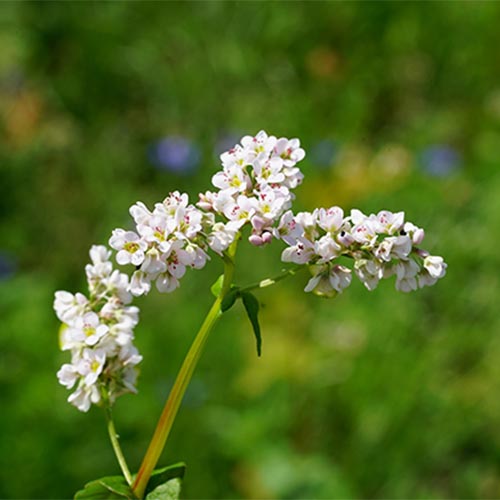
Buckwheat: While healthy for many humans, buckwheat contains the chemical fagopyrin, which is toxic for horses. When horses eat buckwheat, it causes severe photosensitive dermatitis, which means that they may exhibit a severe reaction to the time spent in the sun. It often causes a painful red rash (sunburn) as well as itching, inflammation, and weeping discharge. Horses with pink skin and white markings are the most susceptible, but even dark horses can experience symptoms along the whites of their eyes. Buckwheat is often planted as a cover crop, so it is important to make sure that your horse cannot access wherever it has been planted.

Buttercups: A common sight in pastures, most horses will avoid buttercups because they are bitter and horses don’t like the taste. However, in the case of an overgrazed pasture where edible forage is in short supply, some horses may decide to indulge. The stems and leaves contain a toxic oil called protoanemonin. Protoanemonin has been shown to cause mild colic, excessive drooling, blisters in your horse’s mouth, and diarrhea. When dried, like in hay, the toxin is neutralized and will not harm your horse.
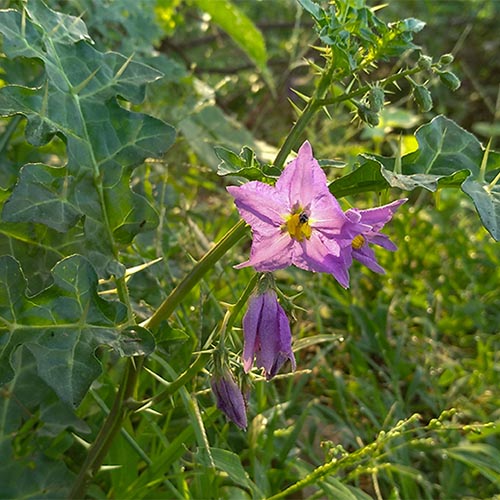
Nightshade Plants: There are a number of plants in the nightshade family, including tomatoes, potatoes, horsenettle, jimsonweed, and black nightshade. Some of these plants will grow naturally in paddocks, especially in overgrazed areas. Nightshade plants contain solanine (a glycoalkaloid) which damages the central nervous system and digestive tract. When consumed, nightshade plants can cause weakness, muscle incoordination, loss of appetite, muscle tremors, digestive issues such as colic. If eaten in excess, these plants are fatal.
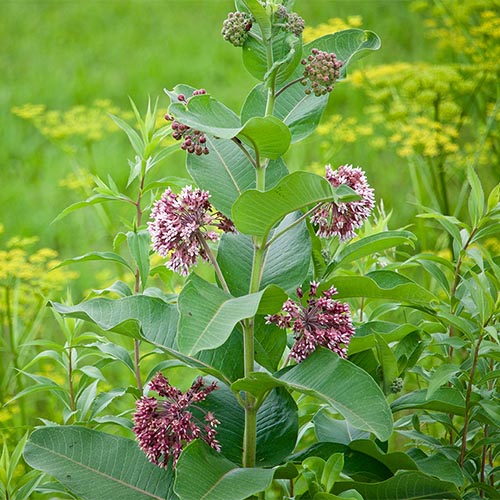
Milkweed: Because of the thick sap of the plant, most horses do not find milkweed palatable. However, if they are extremely hungry, they may nibble on the leaves or even the stem. When ingested, milkweed is extremely toxic; it has the potential to cause muscle weakness, seizures, respiratory difficulties, and comas, and, in extreme cases, death.

Pokeweed: All parts of the pokeweed plant are poisonous to horses, but the roots and the berries of these plants are considered to be the most toxic. Generally, it can be found growing near fence lines, but, thankfully, horses do not find it to be palatable. The pokeweed plant contains phytolaccatoxin, which causes the mouth to have a burning sensation, diarrhea, and colic.

Poison Hemlock: As you may surmise from its name, poison hemlock is toxic to many animals, including humans, horses, birds, wildlife, and livestock. As a biannual, the plant can spread quickly and can reseed itself, with new plants often emerging in the fall. When ingested (even in relatively small quantities), poison hemlock can cause trembling, muscle weakness, express salivation, dilation of the pupils, weak heartbeat, musty-smelling urine, prolapse of the third eyelid, and, in extreme cases, death due to paralysis of respiratory muscles.
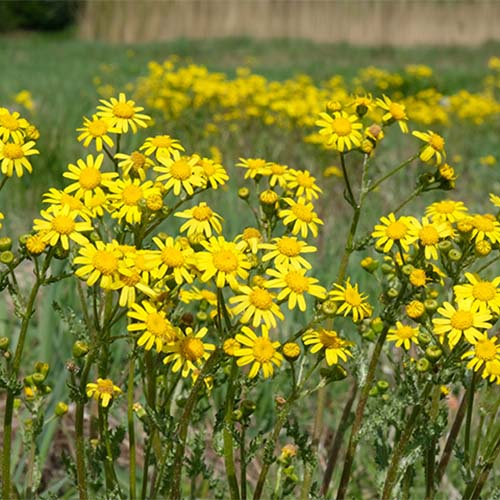
Ragwort: There are nearly 70 different types of flowering plants in the Ragwort family and all of them are toxic to horses. This includes many popular plants such as Saint John’s Wort and Tansy, which may grow naturally in fields. Ragwort is toxic from root to flower and is also toxic in dried forms (making it a danger in hayfields as well). These plants compromise your horse’s liver function, and, if consumed frequently, may result in liver failure.
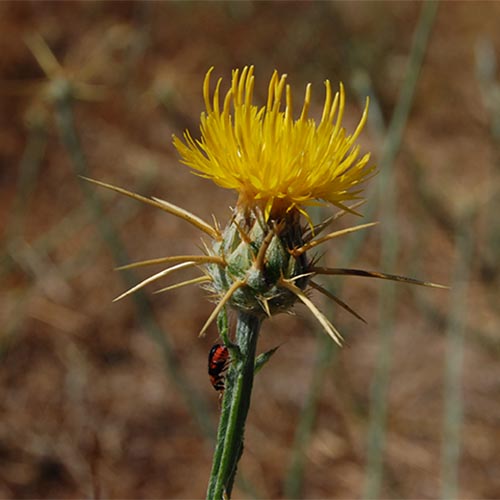
Yellow Starthistle: While most abundant in the western states, yellow starthistle has made its way to the East Coast. Small amounts of yellow starthistle will not cause damage to your horse’s system, but if eaten consistently, it may cause a condition known as “chewing disease.” This causes your horse’s facial muscles to experience paralysis, making them unable to bite off, chew, or swallow food. The mouth is often held open and may develop ulcers or lesions. In extreme cases, the veterinarian may recommend euthanasia to limit the horse’s suffering and prevent them from starving to death.
Around the Farm
In addition to plants in the pasture, ornamental landscaping plants and bushes can also be toxic to your horse. Make sure that these plants are placed as far away from your horse’s pastures and walking paths as possible, to ensure that they do not take an errant bite on the way by them. Also, be cautious of the trimmings if you and/or your neighbors have these plants. If you choose to utilize these plants in your landscaping, we recommend that you use extreme caution as they can be fatal if your horse were to get loose and snack on them.
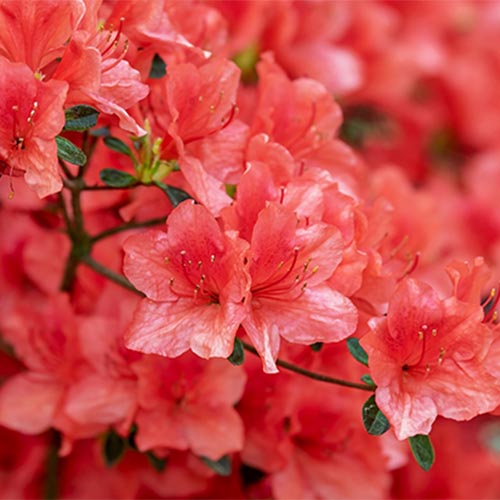
Azaleas: Commonly used in landscaping, azaleas, and other members of the rhododendron family, cause damage to your horse’s circulatory system, nervous system, and digestive system. Azaleas contain the toxin grayanotoxin which, when ingested, may cause excess salivation, loss of appetite, frequent bowel movements, and colic. In extreme cases, azalea poisoning may result in decreased heart rate (bradycardia), muscle weakness, abnormal heart rhythm (cardiac arrhythmia), paralysis, coma, and even death.
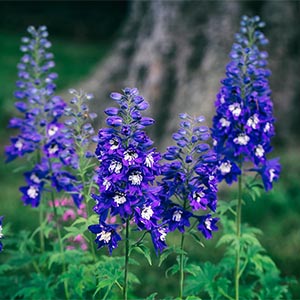
Delphinium: Also known as Larkspur, Delphinium poisoning takes effect as quickly as one to four hours after consumption. When eaten, it may cause bloating, constipation, muscle tremors, incoordination, seizures, cardiac arrhythmia, heart failure, colic, and even death. The seeds are the most toxic component of this flower, but every component is considered poisonous. Cats are also highly susceptible to delphinium poisoning, so utilize extreme caution if you have barn cats.
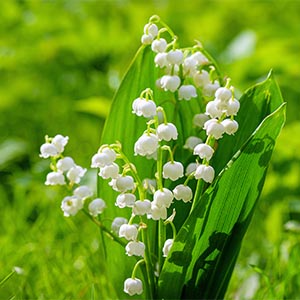
Lily of the Valley: These small perennials may be pretty, but they are also highly toxic. When consumed, it caused excessive salivation, excessive sweating, colic, muscle weakness, convulsions, and even death. While this is typically seen in garden areas, it has a propensity to spread. Be sure to use caution if your barn or paddocks are near old home sites, which may have antique plantings of these popular flowers.

Oleander: This perennial, ornamental bush may be pretty, but it can wreak havoc on your horse’s health. “All parts of the oleander plant, especially the seeds, dried leaves, and flowers, contain toxins, namely oleandrin and digoxin. Those toxins cause abnormalities in the cellular flow of electrolytes, ultimately causing decreased contractility of the heart cells and negatively impacting kidney function. Further, physical damage to the gastrointestinal tract can occur as a direct effect of the toxins on cells,” explains Kathleen Crandell, PhD, an equine nutritionist with Kentucky Equine Research (KER).
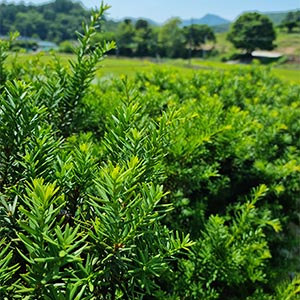
Yew: These decorative members of the conifer family are highly toxic to both horses and cows. Due to the small amount of yew that needs to be ingested, it is recommended that yew is removed completely from any property which houses livestock. A single mouthful of yew branches or berries causes fibrillation (rapid contractions of the heart) and acute cardiac arrest. Yew poisoning is typically fatal and there is no cure, so prevention is of the utmost importance.
If you see these plants in your ornamental landscaping it is recommended that you remove them or make sure that they are not in the reach of your horse. For vegetation in the pasture, we recommend speaking with a member of your local cooperative extension agency to determine the best way to safely eradicate the plants. Depending on the level of plant infestation, they may recommend pulling up, herbicides, or even tilling under and reseeding the pasture in order to control and manage the situation.
Please note: This blog post is meant for informational purposes only and is not intended to replace veterinary care. If you suspect plant poisoning or toxicity or have another equine health concern, we recommend that you reach out to your veterinarian or horse health professional immediately.

Great article…just disappointed that pictures of every toxic plant you mentioned were not included..that would have made it a totally comprehensive and absolutely utile piece that could be of direct importance to all horsemen…I may know what pokeberries look like but not everyone does…can you refresh this posting with the necessary pictures and resubmit? It would be of great help
Great suggestion! This piece has been updated to include the missing photos =)